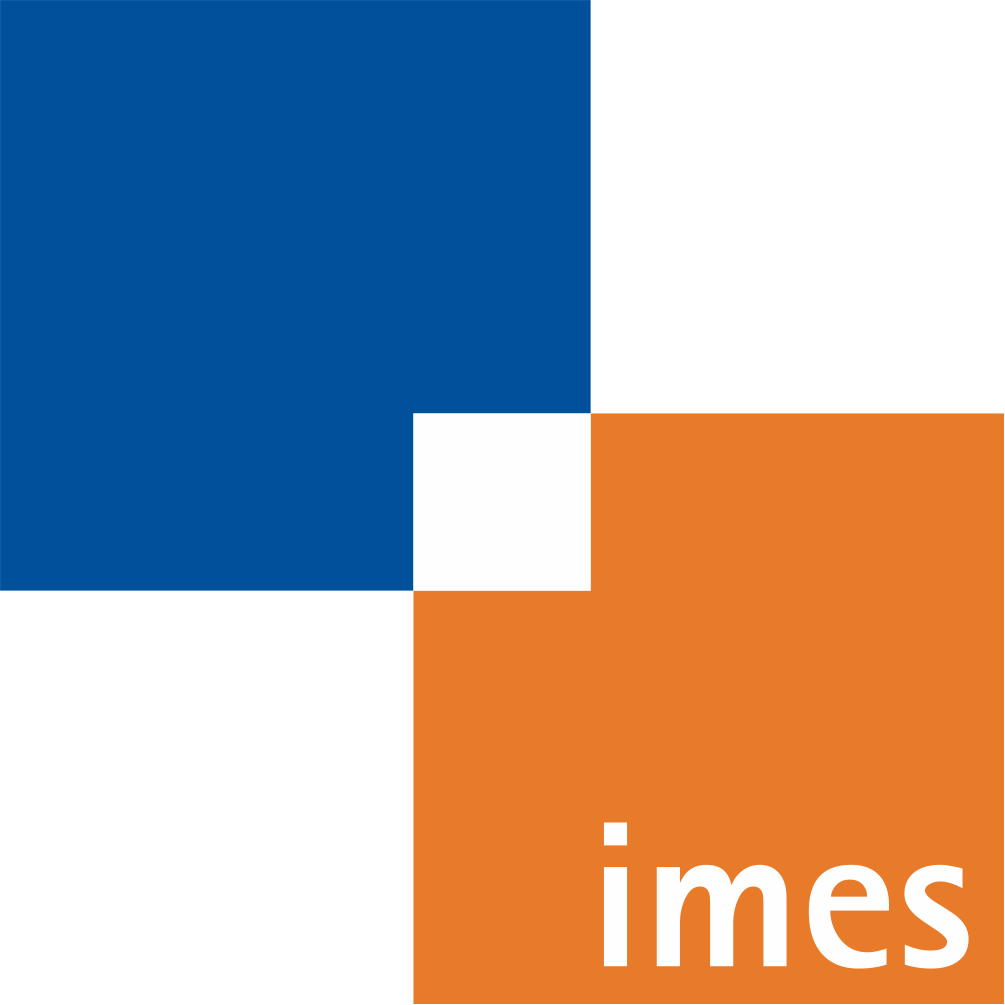Design of a novel MEMS based laser scanning laryngoscope to combine high precision laser cuts with simultaneous MHz OCT and stereo camera feedback
- verfasst von
- James W. Napier, Sontje Ihler, Max Heinrich Laves, Miroslav Zabic, Alexander Heisterkamp, Walter Neu
- Abstract
Current laser surgery on vocal chords requires the patient to be under general anaesthesia due to relatively low cutting speed and precision. Even minor surgeries can change vocal properties, requiring lengthy post-operative therapy. To solve this problem and reduce recovery time we propose a laryngoscope capable of performing the surgery while the patient is awake. To realize this, it is necessary for each cut to be made on the shortest time scale with the highest precision possible. It is also important to have high speed feedback to initiate or terminate the cutting process as well as to maintain the proper cutting position. In this laryngoscope we employ a coaxial MHz OCT and laser cutting system with a MEMS galvo scanner combined with a high speed stereo camera set. The MHz OCT is responsible for axial feedback and measuring the depth of cut while the stereo camera set is used to adjust the MEMS scanner for lateral offsets. We have determined the optimal optical layout for the laryngoscope using Zemax and have developed 3D CAD models of the prototype demonstrator prior to fabrication and assembly. This new laryngoscope could make laser cuts up to 50% smaller in width than traditional multimode fiber based cuts, in addition to reducing overall surgery time and increasing the precision of each cut.
- Organisationseinheit(en)
-
Institut für Mechatronische Systeme
Institut für Quantenoptik
- Externe Organisation(en)
-
Hochschule Emden/Leer
- Typ
- Aufsatz in Konferenzband
- Publikationsdatum
- 19.02.2020
- Publikationsstatus
- Veröffentlicht
- Peer-reviewed
- Ja
- ASJC Scopus Sachgebiete
- Elektronische, optische und magnetische Materialien, Biomaterialien, Atom- und Molekularphysik sowie Optik, Radiologie, Nuklearmedizin und Bildgebung
- Elektronische Version(en)
-
https://doi.org/10.1117/12.2550806 (Zugang:
Geschlossen)
